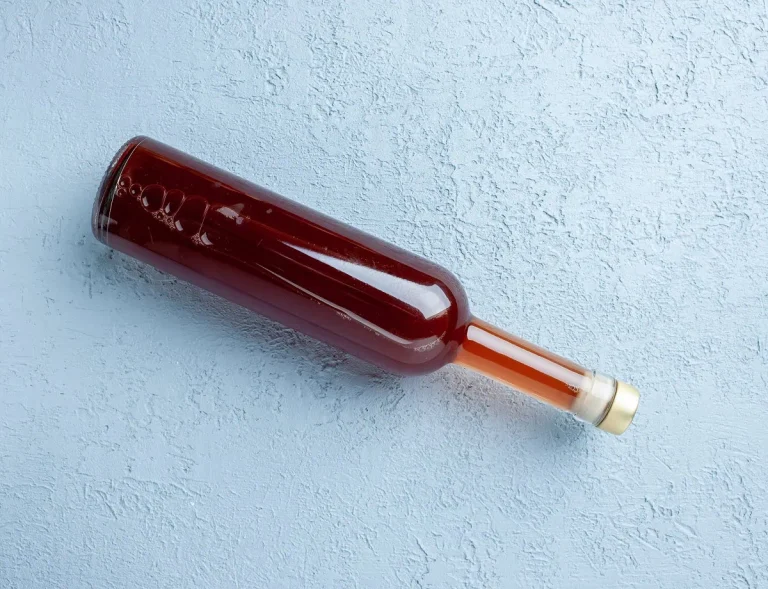🎁 Buy 6 Bottles, Get 6 FREE
Ice Wine Calories

Ice wine is relatively high in calories, with about 150–230 calories per 5-ounce serving, largely due to its high sugar and alcohol content. The exact calorie count can vary based on the brand and alcohol-by-volume (ABV), but it’s generally among the highest of all wine types.
Ice wine is known for its rich, sweet flavour and luxurious appeal, making it a favourite among wine lovers worldwide. But if you’re watching your calories or trying to stick to a diet, you might wonder just how many calories are in this indulgent drink.
In this blog, we’ll break down everything you need to know about ice wine calories. You’ll learn how it compares to other alcoholic drinks, why it contains so many calories, and what makes it unique.
How Many Calories Are in a Glass of Ice Wine?
Ice wine is a special treat that wine lovers enjoy on occasion, not something you’d normally drink every day. It’s also higher in calories compared to other wines. A standard 5-ounce (150ml) glass of ice wine has about 180–300 calories, which is more than the 120–130 calories in most dry wines.
The main reason for this difference is the natural sugar in ice wine. To make it, grapes are left to freeze on the vine, which concentrates their sugars and gives the wine its signature sweetness. During the winemaking process, some of these sugars are turned into alcohol, but a lot of sugar remains in the wine. This leftover sugar is what adds to the calorie count.
Calories by Serving Size
- 1 Ounce (30ml) – Approx. 36–60 calories
- 3 Ounces (90ml) – Approx. 108–180 calories
- 5 Ounces (150ml) – Approx. 180–300 calories
The number of calories in wine can change depending on the type of grape used, like Riesling, Vidal Blanc, or Cabernet Franc, and how the wine is made. Whenever you can, check the nutrition label to be sure.
How Does Ice Wine Compare to Other Alcoholic Drinks?

When deciding if ice wine is worth the calories, it can be useful to compare it to other drinks you might have at home. Here’s a quick look at how it measures up per standard serving size:
Wine
- Dry White or Red Wine (150ml) – 120–130 calories
- Sparkling Wine (150ml) – 90–120 calories
- Rosé Wine (150ml) – 100–120 calories
Spirits
- Vodka, Whiskey, or Gin (30ml shot) – 65–85 calories (without mixers)
- Cocktail (e.g., Margarita, Martini, etc., 150ml) – 150–450+ calories (depending on the recipe)
Beer
- Light Beer (330ml can) – 90–110 calories
- Standard Beer (330ml can) – 150–200 calories
- Craft Beers (330ml bottle) – 180–250+ calories
Ice Wine
- Ice Wine (150ml) – 180–300 calories
Ice wine is one of the highest-calorie drinks for the same serving size compared to other drinks. However, it’s important to note that ice wine is usually served in smaller portions, like 3 ounces instead of the typical 5 ounces. Because it’s so rich, people tend to drink it in smaller amounts, which means it can be a less calorie-heavy treat if enjoyed in moderation.
Why Is Ice Wine High in Calories?
The higher calorie content of ice wine comes down to its special production process and ingredients.
1. High Residual Sugar (RS)
Ice wine is made by letting grapes freeze naturally on the vine. This freezing process concentrates the sugars and flavours in the grapes. During fermentation, some of the sugar turns into alcohol, but a lot of it stays behind, making the wine sweet and giving it more calories.
2. Alcohol Adds Calories
Even though ice wine is sweet, its alcohol content is a bit lower than regular dry wines. Ice wine typically has about 9–12% alcohol by volume (ABV) compared to 12–14% ABV in most table wines. However, alcohol still adds calories—about 7 calories per gram—so it’s another important source of calories in ice wine.
3. It’s a Dessert Wine
Ice wine is meant to be enjoyed as a dessert or paired with dessert. Because of this, it naturally leans toward being richer, sweeter, and more indulgent. This extra sweetness is part of what makes it special—but it also means extra calories.
Is Ice Wine Worth the Calories?
Whether or not ice wine is “worth it” comes down to your personal preferences and health goals. For anyone mindful of calorie intake but still wanting to indulge, here are a few tips:
- Stick to Smaller Portions: A 3-ounce (90ml) pour may be enough to satisfy your sweet tooth while keeping calories in check.
- Treat It as a Luxury: Save ice wine for special occasions rather than making it a weekly indulgence.
- Pair Mindfully: Pair ice wine with fresh fruits or nuts rather than calorie-heavy desserts like cheesecake.
Ice Wine Calories: Enjoy it in Small Amounts
Ice wine is a special and unique drink, and its calories reflect the care that goes into making it and its rich, sweet taste. By enjoying it in small amounts or as an occasional treat, you can savour this delicious drink without affecting your diet too much.
Learn more about ice wine’s calories, antioxidants, and how to enjoy it responsibly in our blog on ice wine health and nutrition. Find tips to enjoy this special drink as part of a balanced lifestyle!


